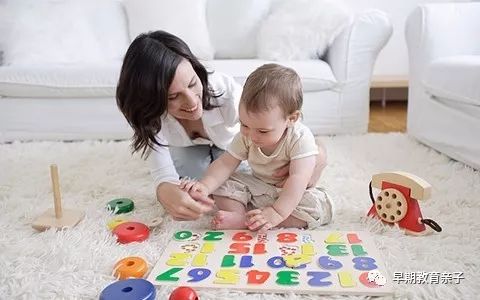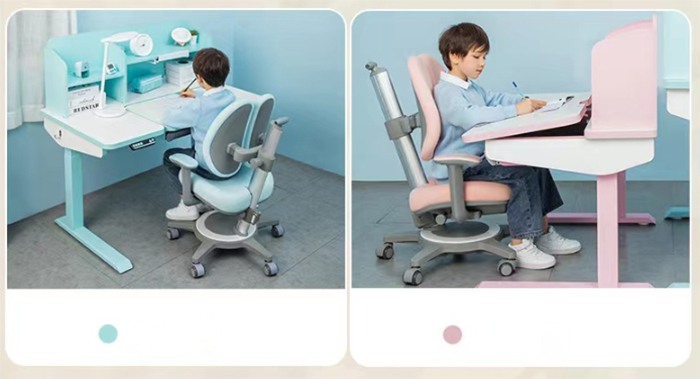Playing with toys is a child's nature. Toys can help children recognize the world around them, develop their attention, and exercise their logical thinking skills. For children, playing with toys is not only a pastime, but also a very important growth course.

First, let's classify the toys:
Finished product toy
Finished toys, including toy cars, dolls, cartoon animals, etc., have the advantage of enlightening children's imagination and helping them to understand the world. For example, a toy car allows children to classify and understand the material of the car. It can be divided into plastic, wood, alloy, etc. It can also tell him what uses of different cars, such as taxis used to pull passengers, mixers. It is used to stir the concrete to build the house. The excavator is used to excavate the earth. It can also take the children to know a variety of cars on the road, discuss and communicate with the children, and make some traffic signs and road signs at home at night. Play games together. There are some simple toys that allow young children to enter the vast fantasy world. Such as dolls dressing, sleeping, going out, the game teaches children how to get along with others, how to resolve conflicts between friends, etc., in order to master the adult lifestyle, absorb life experience, and understand the surrounding environment.
2. Construction toys
This type of toy includes puzzles, building blocks, pyramids, various structural models, and so on. When playing such toys, there is usually an established task, and accomplishing this task requires not only imagination, but also some skills, logical thinking skills and geometric construction capabilities. For example, are the nuts and bolts matched when building the model? How to balance between the blocks? How can I build a block high without letting it collapse, and so on. During the operation, children can gain emotional experience about the shape, quality, size, length and color of the building blocks, as well as the experience of many blocks and blocks.
3. Material toys
Materials toys can enhance children's understanding of the world around them, including pens, paper, sand, clay, and pigments. For example, when children are doing clay sculptures, they have learned how to make objects appear vivid. In this process, he not only has the opportunity to use his fingers and muscles, but also mobilizes various senses such as sight, hearing and touch to promote the brain. Development. Another example is paper, which is the most common item in life. Children may only know the name and purpose of some papers. We can tell the children about the origin and characteristics of paper, and use different papers to make hand and painting together to satisfy and cultivate. Their interest in the observation of things around them.
The famous educator Mr. Chen Heqin said: "The toy should be understood in a broad sense. It is not limited to the things that children sell on the street. Anything that children can play, watch, listen to and touch can be called toys. "However, if you think that your child's toys are more good, then you are very wrong." When the child's small room is made into a "toy store", the child is at a loss. He plays this for a while, plays with it for a while, plays nothing, and is greedy, asking for new toys. So how should parents choose toys for their children? It is best to have all kinds of toys, but the number does not have to be too much. The following principles can be followed.
First, the principle of security.
First of all, the toy materials that parents choose for their children must be environmentally friendly, non-toxic and tasteless, and must have product certification, manufacturer information, age range used, safety warnings, material composition and other relevant instructions. Secondly, the toys played by the children are disinfected regularly. Bacteriologists have done the measurements. The toys after disinfection let the children play for 10 days. The number of bacteria colonies on plastic toys is 3163, and the wooden toys are 4934. Fur toys. It has reached 21,500. Finally, the toy should be inspected frequently to see if there is any damage to the toy or the scattering of the toy parts, to prevent the child from being damaged, or to eat small parts that have been scattered.
Second, the principle of adaptability (age characteristics).
Within 1 year old, the main choice is for children's visual, auditory, tactile stimulation toys, so that the child's hand can grasp and make a sound of cognitive toys. For example: rocking sticks, bells, snare drums, rag dolls, various kitchen toys, and so on.
2 to 3 years old, mainly based on toys for children with simple brain and brain operation. For example: beach toys, beading, touching boxes, dressing dolls, etc.
3 to 4 years old, you can choose educational toys, so that children have a greater space to explore and learn. For example: build blocks, dressing skills (buttons, laces, pull locks), play puppets, pinch plasticine.
4-5 years old, you can choose some sports, skill, and intelligence toys based on the previous stage. For example, playing sandbags, jumping squares, skipping ropes, ferrules, pitching, fishing, assembling toys, electronic building blocks, plastic toys, and so on.
5-6 years old, choose a toy with hands-on operation and creativity. For example: use waste materials to encourage children to make handmade toys.
Third, the principle of ingenuity.
Parents hope that children can get a variety of exercises while playing with toys, so the choice of toys should take into account the optimal combination of education and children's games. In the process of playing, the child's thinking ability, cognitive ability, hands-on operation ability, hand-eye coordination ability, etc., such as: puzzles, chess, building blocks, collars, etc.
Fourth, the principle of creativity.
Toys must be flexible and versatile, and can stimulate and mobilize young children to explore and transform new toys, providing a good foundation for children's creative thinking. Parents should encourage them to use the materials or resources in their hands to process, transform, and reorganize toys. Such toys will exert the imagination of children and easily cause children's curiosity. For example, children will build blocks into pagodas or insert a bunch of scattered snowflake pieces into small houses.
(The original version was published in the November 2017 "Early Education" tutor version), if you need to reprint, please indicate the source.
Kid standing desks are different from traditional desks. This Adjustable kid desk is an in-depth study of ergonomics, human mechanics, and human physiology. It is designed with a height-adjustable function and can be suitable for children at multiple ages. In terms of appearance design, it combines the principles of human vision, chromatics, psychology, etc., through countless data collections, experiments, regardless of proof, continuous improvement and innovation, and a new, scientific, human, and practical learning aid Standing Desk is generated for children.

Kids Standing Desk,Standing Desk for Children,Adjustable Kid Desk,Student Standing Desk,Children Standing Desk
Suzhou Uplift Intelligent Technology Co., Ltd , https://www.upliftecdesks.com